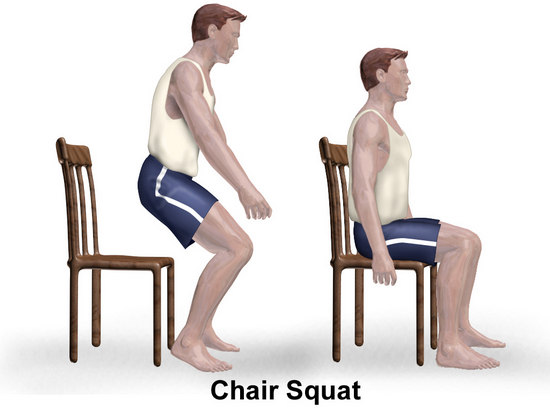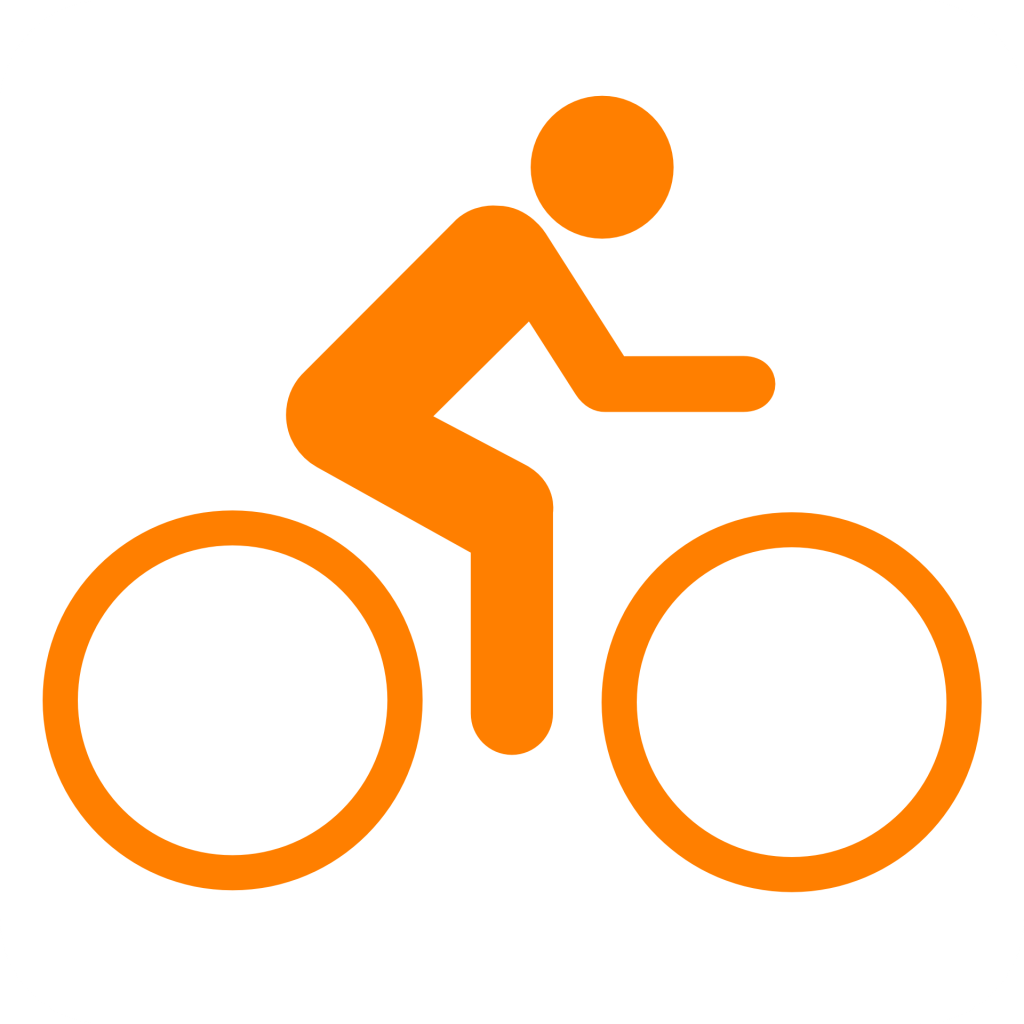6 Diseases Where Exercise Can Help.
OK we all know that a bit of exercise in our daily life is useful for our wellness. In relation to this us humans have one major thing we have to deal with day to day and that is gravity. Gravity is our friend, because without it we wouldn’t be here – if you get my drift, it keeps our feet firmly on the ground. To some people, however, gravity is a curse because it makes movement for them a stressful activity.
Gravity is our friend for another reason: It helps us get the benefits we are hope we are getting from exercise. We all know that a work out is good. Some people shun it, and these are the people who don’t like gravity.
Well I have to say that’s one original introduction – “Gravity is our friend”!
Thanks for that. Can I continue?
Sure, go ahead
Thanks again.

We all know that a healthy, balanced diet and regular physical activity will keep our bodies in good shape and therefore healthy.
It has also been recognized for some time, but maybe not publicized, that physical activity can also help treat disease. In some cases more so than drugs.
Dr Aaron E. Carol discusses 6 diseases that can be managed with the help of physical activity and you might be surprised at the level of physical activity that can provide benefits.
#1 Musculoskeletal Diseases
Let’s start with musculoskeletal diseases. Researchers found 32 trials looking specifically at the effect of working out on pain and function of patients with osteoarthritis of the knee alone. That’s incredibly specific, and it’s impressive that so much research has focused on one topic.
Exercise improved those outcomes. Ten more studies showed, over all, that physical therapy increases aerobic capacity and muscle strength in patients with rheumatoid arthritis. Other studies proved its benefits in other musculoskeletal conditions, like ankylosing spondylitis, and even some types of back pain.
#2 Heart Disease
For people (mostly middle-aged men) who had had a heart attack, physical therapy reduced all causes of mortality by 27 percent and cardiac mortality by 31 percent. Fourteen additional controlled trials showed physiological benefits in those with heart failure. Physical activity has also been shown to lower blood pressure in patients with hypertension, and improve cholesterol and triglyceride levels.
#3 Diabetes
People with diabetes who exercise, have lower HbA1c values a marker of blood sugar control, that is low enough to probably reduce the risk of complications from the disease. Twenty randomized controlled trials have showed that patients with chronic obstructive pulmonary disease can walk farther and function better if they work out.
#5 Parkinson’s Disease
Multiple studies have found that exercise improves physical function and health-related quality of life in people who have Parkinson’s disease. Six more studies showed that working out improves muscle power and mobility-related activities in people with multiple sclerosis. It also appeared to improve those patients’ moods.
#6 Depression
The overall results of 23 randomized controlled trials showed that exercise most likely improves the symptoms of depression. Five others appear to show that it improves symptoms in patients with chronic fatigue syndrome. In trials, some physical activity even lessened fatigue in patients who were having therapy for cancer.
Exercise versus Drugs?
Although we don’t think of it this way, you can make a pretty good argument that exercise is as good as drugs for many conditions. A 2013 meta-analysis of a meta-analyses (that’s how much data we have) combined and analyzed the results from 16 reviews of randomized controlled trials of drug and exercise interventions in reducing mortality. Collectively, these included 305 trials with almost 340,000 participants.
Diuretic drugs (but not all drugs) were shown to be superior to exercise in preventing death from heart failure. But exercise was found to be equally good as drugs in preventing mortality from coronary heart disease. Exercising was better than drugs in preventing death among patients from strokes.
Many people will be surprised at how LITTLE EFFORT you need to do to achieve these results.
So What Level Of Physical Activity Is Adequate
The recommendation for physical workout is 150 minutes per week of moderate intensity physical activity for adults, or about 30 minutes each weekday.
Moderate intensity is probably much less than you think. Walking briskly, at 3 to 4 miles per hour or so, qualifies. So does bicycling slower than 10 miles an hour. Anything that gets your heart rate somewhere between 110 and 140 beats per minute is enough. Even vacuuming, mowing the lawn or walking your dog might qualify.
“Today, my goals are much more modest. Trekking from my office to the clinic and back again gives me 30 minutes of exercise. Or, I walk to the supermarket from my office to grab lunch, at a mile each way. In colder weather, I spend half an hour on the elliptical machine. Doing this five days a week gets me the activity I need” Says Dr Carol.
Gee that is interesting information, especially coming from a doctor.
Yep quite refreshing to read.
More information on this can be found here:
Dr Carol concludes that there is a wider acceptance among his medical colleagues that the benefits of exercise for disease treatment are significant and economically important.
By the way if you find that your exercise is limited by pain and you know the pain is through stiffness and overuse and therefore exercising is not causing damage then visit This Site for some assistance.
I hope you found the information in this post helpful


